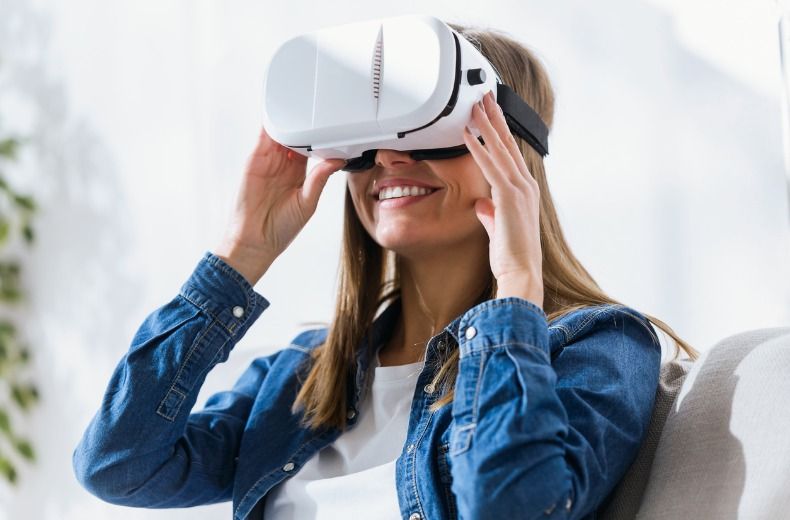The RAC Foundation and Nottingham Trent University (NTU) have teamed up with the Driver & Vehicle Standards Agency (DVSA) to see if hazard perception skills could be put to a more immersive test.
Researchers are developing training materials and two 360 degree tests to compare their use against single-screen equivalents.
The project website says that “Virtual Reality promises much in terms of immersion and the evocation of more naturalistic behaviour, but we do not have clear evidence of the benefits in terms of driving-safety interventions. This research aims to fill this gap.”
One of the tests uses footage from real vehicles while the second uses computer-generated images.
Both versions use clips from the perspective of the driver which stop just as a hazard begins to develop. Users must then choose from four options about what happens next.

Breakdown cover from £5.29 a month for Roadside & Recovery*
• Cheaper than AA Price Guarantee^
• We get to most breakdowns in 60 mins or less
• Our patrols fix 4/5 breakdowns on the spot

This isn’t the first example of VR technology designed to improve road safety. Road Safety Scotland’s “Don’t risk it” video puts headset wearers in a driving test that culminates in an unexpected hazard, while Leicester Fire & Rescue Service’s “Virtual Fatal 4 360” features a video of a car crash and its aftermath.
NTU says: “Our tests are a little more taxing than the standard UK test that is used by the DVSA."2
- How to pass your driving test – a full guide from novice to pro
- How much does it cost to learn to drive?
- Should I take an intensive driving course?
- Learner driver insurance - from 2 hours to 5 months
During current hazard perception tests (first introduced in 20023) candidates are shown 14 video clips with at least one containing two developing hazards.
To record a high score users are asked to click their mouse as soon as they see a hazard developing.
In January 2015 the clips were given a modern makeover when computer-generated imagery replaced real-life footage for added clarity, and to produce a more diverse range of scenarios.
Curious motorists can take the new test from Nottingham Trent University for free by downloading the software through the Oculus Store.
You’ll need to register with the university’s psychology department to take part and your anonymised scores will help developers to better understand hazard perception skills and how to train them.
What's your take on the VR hazard perception test? Let us know whether you think it's here to stay in the comments below.
Get 30 driving tips that will save you money
Running a car isn’t cheap, but there are some easy things you can do to keep your costs down. Get these tips and more useful driving articles sent straight to your inbox now.















